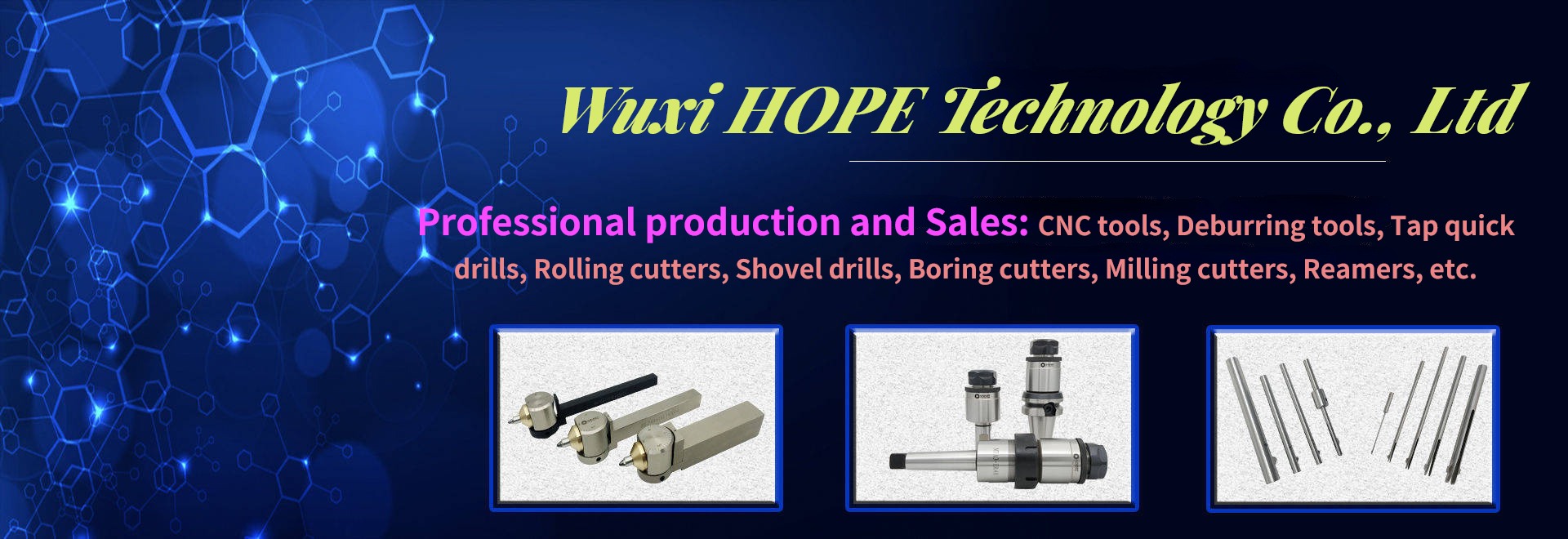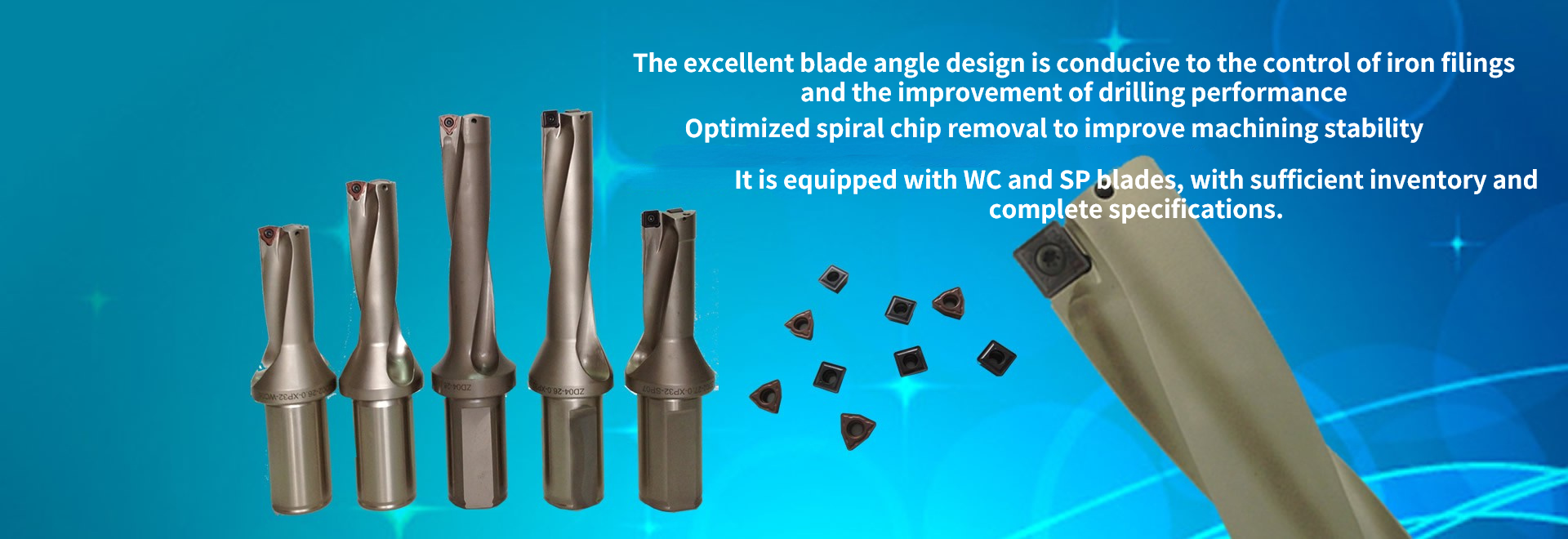Can the rolling cutter (rolling head, rolling tool) be used to control the accuracy of the machined surface?
Can the rolling cutter (rolling head, rolling tool) be used to control the accuracy of the machined surface?
Many customers who want to use the rolling cutter (rolling head and rolling tool) have a question: can the rolling cutter (rolling head and rolling tool) be used to improve the machining accuracy? Can you control the accuracy?
We will give you an explanation.
The rolling cutter (rolling head and rolling tool) is mainly used to improve the finish of the machined surface (including inner hole, outer circle, end face, conical surface and plane), but it can not control the accuracy of the machined surface. The accuracy of the machined surface needs to be guaranteed by the previous process, such as reamer.

The rolling cutter (rolling head and rolling tool) rolls the metal surface with high hardness rollers to produce plastic flow (that is, extruding the crest of roughness into the trough), so as to improve the finish.
The difference between the wave crest of roughness and the wave trough is the change of surface allowance after machining by rolling cutter (rolling head and rolling tool). The variation of the allowance will not change much in the batch processing process (unless the roughness of the previous process changes greatly - in this case, the rolling effect will not be qualified generally). For example, for an inner hole of D20, after processing with an inner hole rolling cutter (rolling head and rolling tool), the diameter change will generally not exceed 0.01mm. The specific allowance change value needs to be obtained by the customer's early test of 1 to 2 workpieces (or the allowance test with more allowance first). Before batch processing products, customers need to reserve rolling allowance.
Although the rolling cutter (rolling head and rolling tool) can have a certain tolerance compensation adjustment range, after reaching a certain allowance change, no matter how to increase the size of the rolling cutter (rolling head and rolling tool), the allowance change will not change again until it is due to the rolling cutter (rolling head The size of the rolling tool) is larger than the size of the hole, resulting in peeling or knife burning in the hole.
For example, if the customer's hole accuracy requirement is D10 (± 0.01), the customer reserves a rolling allowance of 0.005mm for rolling (assuming that the customer has obtained this value), and the pre machined hole size D10 (- 0.02,0), the size after rolling is D10 (- 0.015, + 0.005). Therefore, the accuracy assurance of the hole still depends on the previous process, such as reamer reaming.


The inner hole rolling cutter (rolling head and rolling tool) will follow the hole like the reamer, so the inner hole rolling cutter (rolling head and rolling tool) can not control the straightness.
The inner hole rolling cutter (rolling head, rolling tool) can slightly calibrate the roundness, but it will not be particularly effective.
 简体中文
简体中文 





